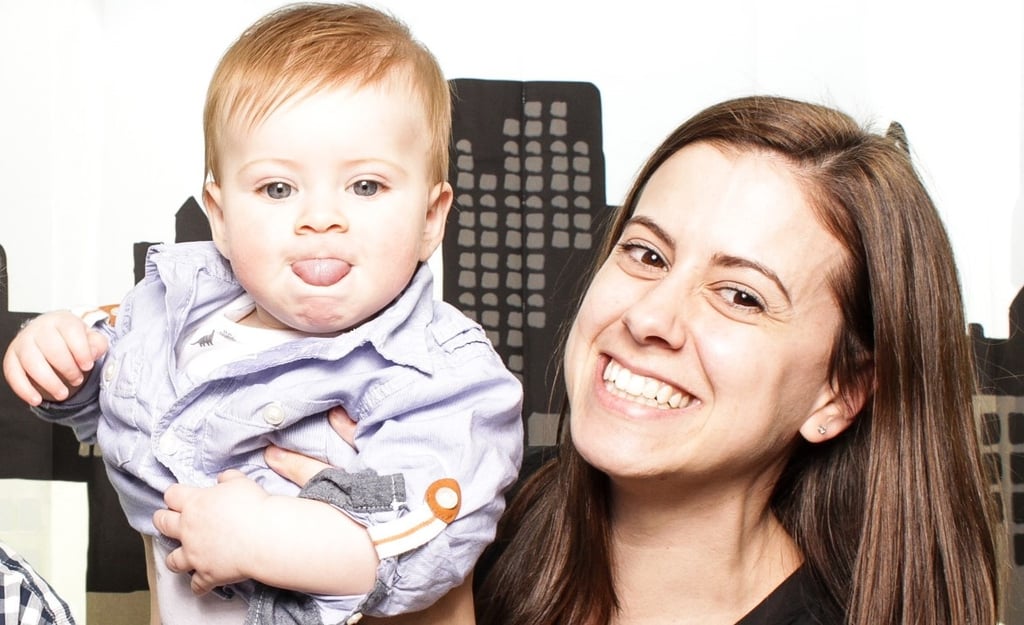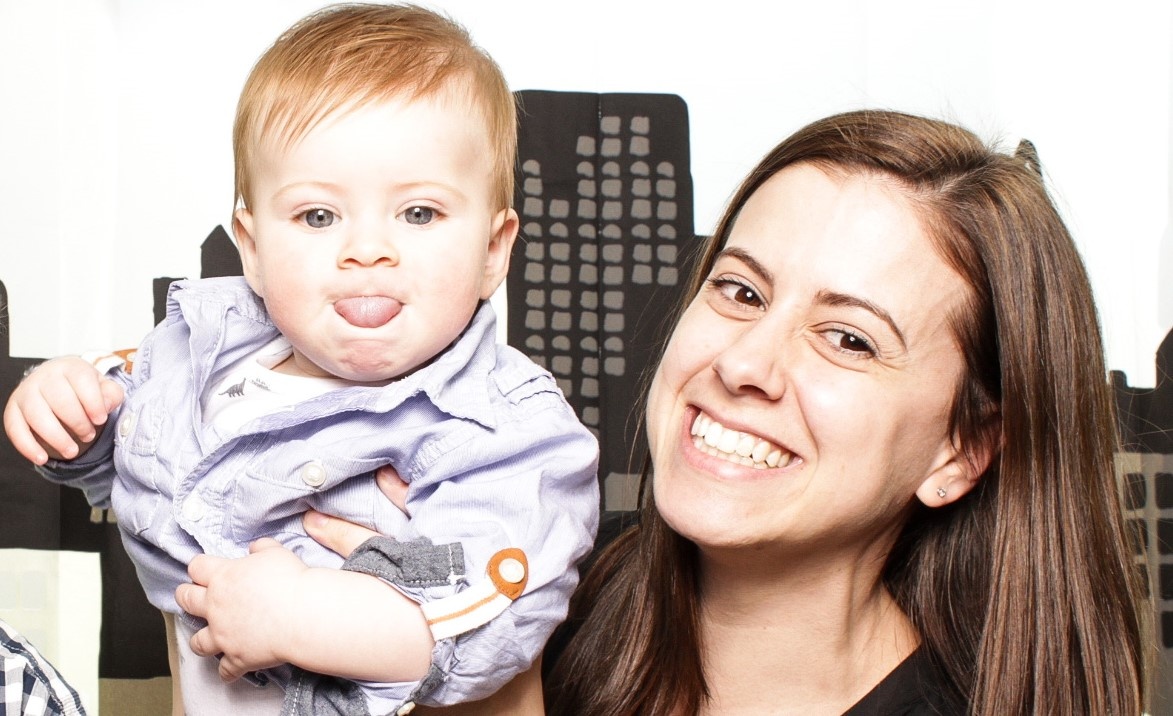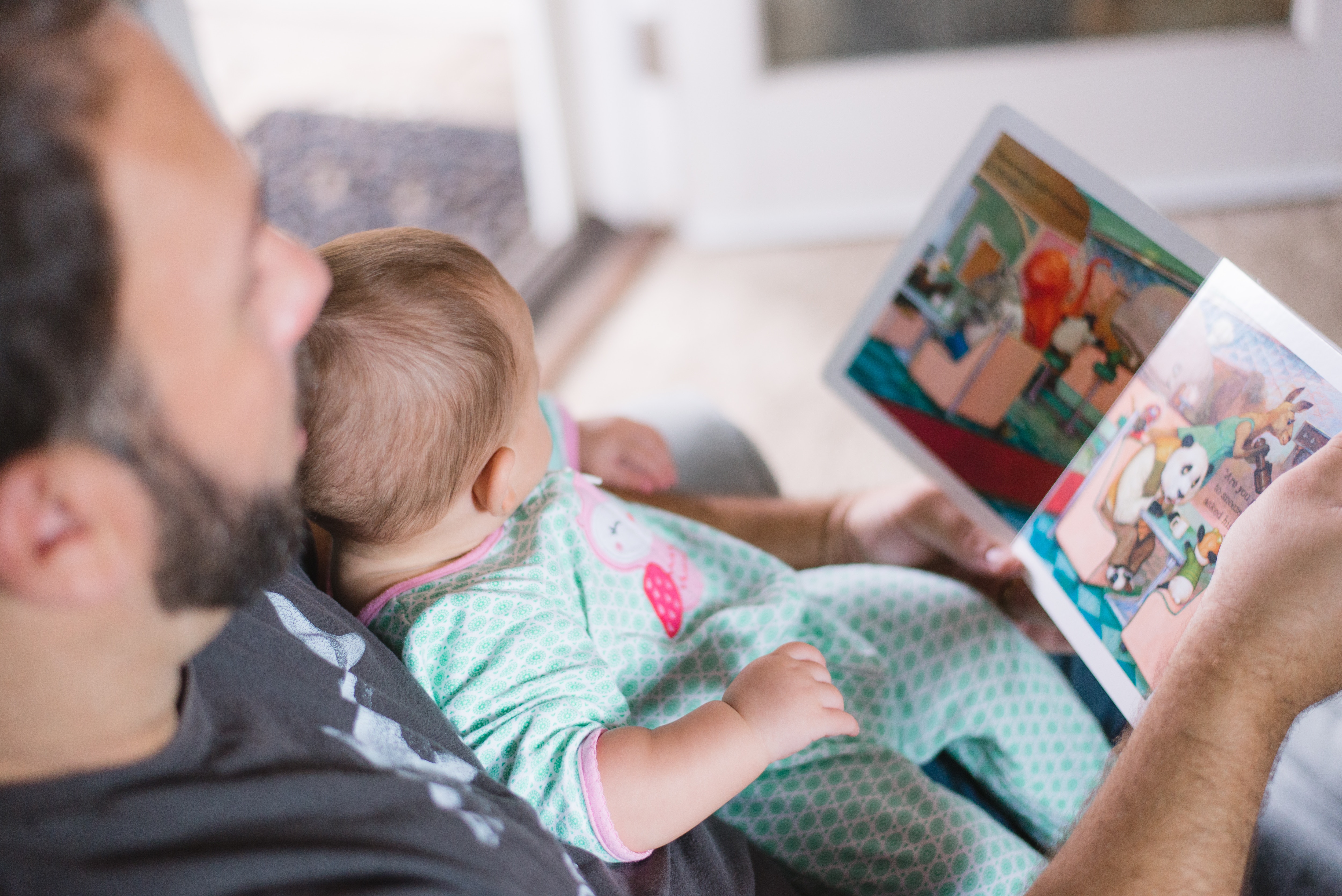

I’d only been back to work from maternity leave for a few weeks when my son came down with an awful cold. My husband took him to the doctor and they gave us some advice: The more you can breastfeed him, directly from your body versus pumping, the faster he’ll get better.
Crap.
That was my honest reaction to my first conflict between motherhood and my career.
Should I leave early and go home to my son? Do I work from home for a few days so I can nurse him in real time? I just got back from maternity leave. What about my team? My work? My husband and I are “progressive”; he is a “stay-at-home-dad” and I’m a “working mom.” So shouldn’t I let him handle it? If he was a woman and I was a man, I probably wouldn’t be rushing home and I certainly wouldn’t be rushing home to breastfeed.
I got that phone call as I was walking into a meeting with a management coach we use at HubSpot. Let’s call her Andrea. I walked into that meeting with Andrea where I should have been focused on my professional development, and all I could think about was this looming decision.
I work for an amazing company with flexible schedules, an unlimited vacation policy, a culture that supports remote work, and great spaces for pumping mamas. And yet, I was still racked with guilt and indecision. Guilt that if I went home, I wasn’t doing the right thing for my company. Guilt that if I didn’t, I wasn’t doing the right thing for my son.
Why?
Because of the centuries-old, pervasive subtext in our culture that makes us label all things that involve female parents as “mommy” this and mommy that, causes the gap in wages between women with children and those without, assumes that women with take on the majority of household chores even when both parents work full-time, or leads to articles like how it helps your career to have kids if you're a man and hurts it if you're a woman.
I sat down in that meeting and Andrea could tell right away that I wasn’t focused. As I ran through my list of concerns and objections to my dilemma, Andrea made a seemingly simple statement that has stuck with me ever since: “It’s up to you —working moms right now — to create the picture of what it means to have a family and a career. It’s your story to write.”
My story to write? Are we still writing this story in 2017? Yup, sure are. Because we’re only human, because the realities and expectations of motherhood and career are constantly changing and because it can be Really. Freaking. Hard.
So what does a “working mom” look like today, and why might she be exactly what your company needs?

She’s focused and she’s efficient.
She schedules her time and plans her days, weeks and months in advance. She is laser-focused on the task at hand. When she’s in a meeting, her attention is on work. And when she is with her kids, her attention is with them. She’s not, to quote Kristy Sammis, “balancing my laptop on my toddler's head, banging out a few emails between Yo Gabba Gabba episodes until we all give up and go out for ice cream.”
Focus is an overwhelming theme for nearly all of the moms I talk to. Nataly Kelly, VP of International Ops at HubSpot, once told me:
"I used to think that being a “working mom” implied doing both things simultaneously. After all, that’s what the phrase implies. But I find I’m actually at my very best when I focus on just one role at a time, and doing each to the best of my abilities. To me, an outdated definition of being a working mom is one where you see a mom working from home with kids running around in the background and looking frazzled and stressed out. A new definition, and a more empowering one, I think, is one in which women can do both things equally well, by spending more focused attention on each role."
After all, if you’re going to spend time away from your kids, you want to make that time count. Kate Walsh, HubSpot’s Director of Partner Services, shared a quote with me for this Medium post.
“Now as a working mom of two, I have become more ambitious. If I’m going to leave my kids every day then I want to have an impact and ensure the work I do really matters. After my second son and having other women who are thinking of having kids ask me how I do it -- I felt encouraged and motivated that I could get the promotion and still be a great mom.”
Now, that doesn’t mean that she is only focused on work from 8 AM - 5 PM and only on the kids from 5 PM onwards. You can often find me walking the halls of my office, Facetiming my son to see his latest discovery or just to say “I love you.” You can often find a kid running around the halls of HubSpot on a Friday afternoon, meeting mom or dad for a lunch break. And you can often find parents online on a Saturday during nap time, finishing up work they didn’t get to during the week. But in any given moment, they’re focused. And they are incredibly efficient with their time.

She’s a master at planning and communication.
Meghan Keaney Anderson, VP of Marketing at HubSpot, wrote about advice she received upon returning from maternity leave: “The most resounding thing I heard from other parents on returning to work had to do with developing near ninja-level skills when it comes to scheduling.”
Of course, this is true for working parents, not just moms. Meghan says, “Every family is different but this whole experience has demonstrated that -- save the stunningly demanding toll of finding 4-8 windows of time in the work day to pump milk -- the new picture of a working mom is very much that of a working parent.”
Part of the reason for needing such a serious schedule is that it actually does take a village to raise a child. Or at least, it’s a lot easier if you’ve got one. Maybe it’s your spouse who does the bedtime routine so you can take an 8 PM call, maybe it’s grandparents that help babysit, maybe it’s the nanny, or the friend that comes over to bring you a coffee, or even the waitress that finds extra crayons for a screaming toddler.
For the people in your village that are part of your everyday life, communication is key. Carolina Samsing, Director of Marketing for Latin America, advises:
“I have to be super transparent with my team. They know I am in from 8:30 AM and out by 5:45 PM and CAN’T stay longer because I need to go and take care of my daughter. I am NOT reachable between 6 PM and 8 PM because that’s my time with her and no matter what happens, I can get to it after that.
I treat my team and my schedule the same way. I have to be clear with my husband on a Sunday if there are any days where my work-from-home schedule will change or nights where I won’t be home for dinner. My team knows they can generally always reach me, except between 6:30 and 8:30 PM when I have dinner with my son and do his bedtime routine.

She’s flexible and adaptable.
She’s learned that you can’t plan everything. You don't know when your kids will get sick, a school project forgotten too easily will pop up, or the dog will eat the science project. So she’s learned to adjust the plan when life gets in the way and adapt to the new “normal.”
She’s also learned how to have a flexible blend of work and life when it makes sense. Nataly offers:
“That requires a work environment that enables us to flow more freely and flexibly from one role to another. For example, sometimes when I’m in the office, I’ll block off 15 minutes to make a call to the pediatrician or a birthday party vendor that are only open during office hours. But then, I’ll move right back into my other work tasks. I’ve witnessed plenty of other female managers and executives do the same thing. I also work lots of time zones in my role, so sometimes I’ll do a split shift in the early morning with our European offices, then attend a school activity during the day, and then work later hours to meet with colleagues in Asia-Pacific. Flexible work scheduling is an absolute necessity for me -- otherwise, I’d burn out on both fronts.”

She struggles with guilt.
Yes, she struggles to NOT feel guilty. Guilty for keeping a strict schedule at work, guilty for not spending enough time with the kids, and God forbid she spends time on herself, guilty about that, too.
This study showed that while working moms still spend lots of hours on childcare, they sacrifice time for leisure and sleep. We get 5 hours less sleep per week than non-working peers -- that’s a full night’s worth for me! We also get 9 hours less of leisure time per week.
It’s hard. We all know that we’re better moms, wives, employees, friends, etc., when we take time to workout, to socialize, or to just relax. But it’s hard in practice, because we care deeply about our families, and deeply about our work.
![]()
She’s an asset.
She’s dedicated, focused, and adaptable. She has the ability to stick to a schedule and communicate well. She is sometimes sleep-deprived, sometimes struggling to not feel guilty and always dedicated to the task at hand. She worries about the tiny humans she looks after. And the big humans, too.
I don’t know about you, but sounds like someone I would want on my team.
So what did I decide to do when I got that phone call?
As you may have guessed by now, I left the office, and I worked from home for a few days, stopping when I needed to, to nurse and care for my son. At one point, he fell asleep on my chest and rather than move him, I decided to let him sleep while I worked on the outline for an upcoming presentation. In some ways, that’s the picture of a “working mom” today. It’s incredibly varied and it has many faces.
If there’s one thing that I wish all of us parents would do, it would be to ditch the guilt and give ourselves just a little bit more slack. We’re only human. In today’s world of curated picture-perfect moments captured on social media and higher demands on our time than ever before, it’s important to remember that.
As Corey Wainwright, Director of Content at HubSpot puts it:
“Everyone’s lives are so different. Different jobs with different demands. Dual income household, single income. Lots of family nearby, little or none. Long commute. Short commute. Flexible work environment. Rigid working hours and requirements. The best thing we can do for each other is stop making comparisons. Because what’s right for one of us doesn’t work for others.”
Whatever your picture of a working mom looks like right now is exactly what it’s supposed to look like and is exactly, imperfectly, perfect.



.png)


